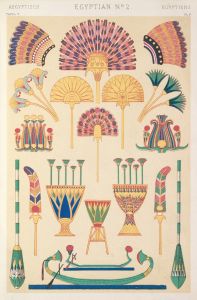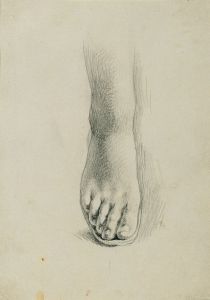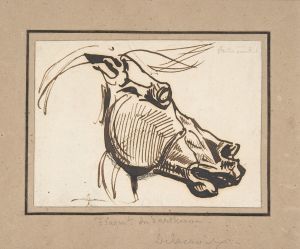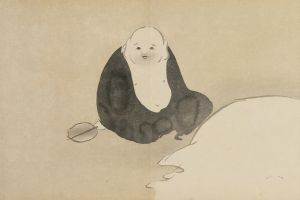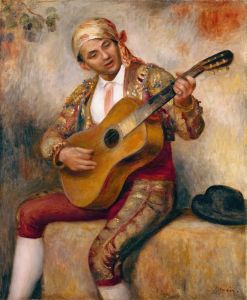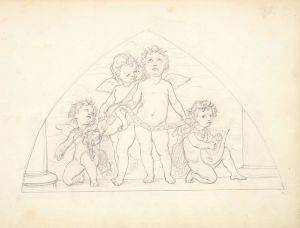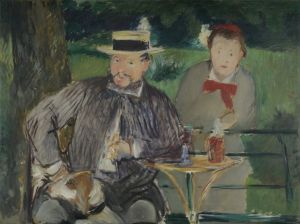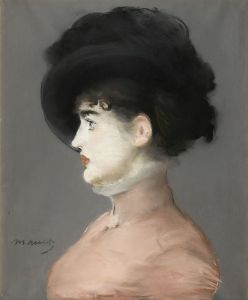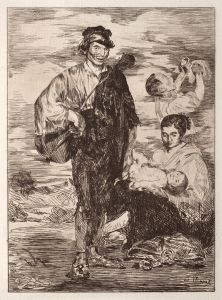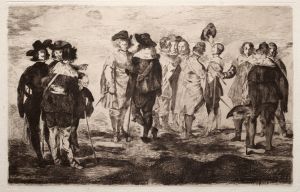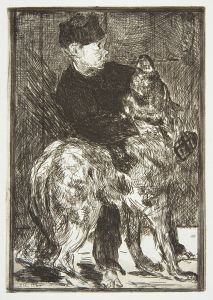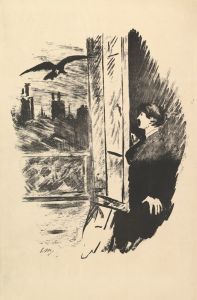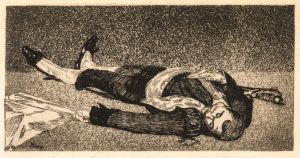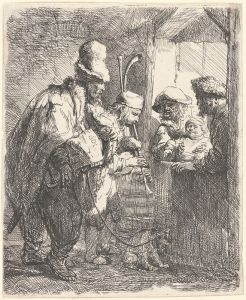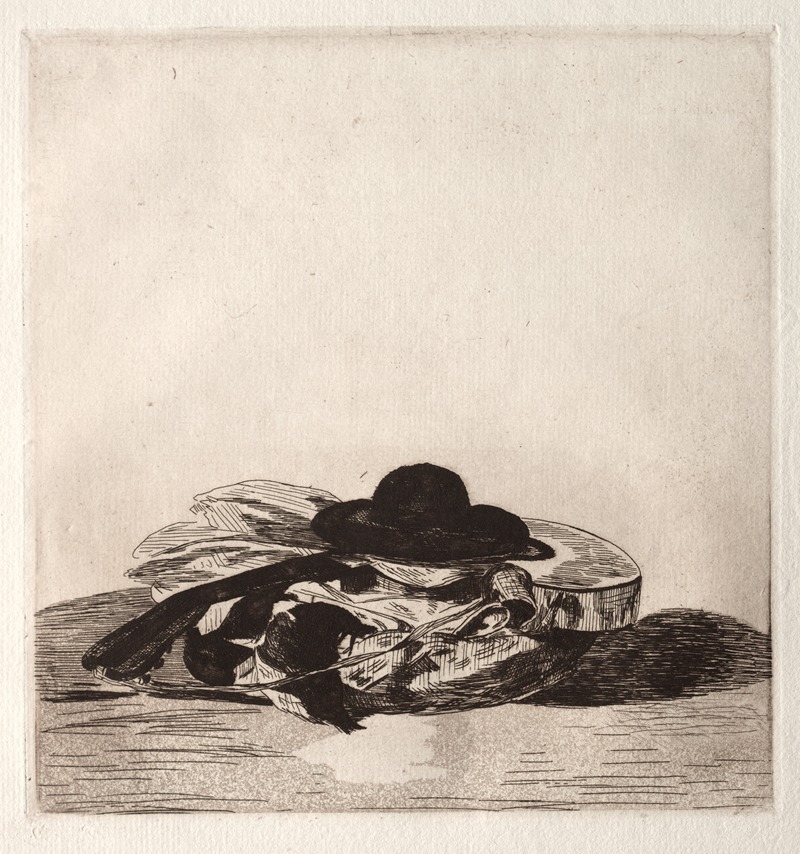
Hat and Guitar
A hand-painted replica of Édouard Manet’s masterpiece Hat and Guitar, meticulously crafted by professional artists to capture the true essence of the original. Each piece is created with museum-quality canvas and rare mineral pigments, carefully painted by experienced artists with delicate brushstrokes and rich, layered colors to perfectly recreate the texture of the original artwork. Unlike machine-printed reproductions, this hand-painted version brings the painting to life, infused with the artist’s emotions and skill in every stroke. Whether for personal collection or home decoration, it instantly elevates the artistic atmosphere of any space.
Édouard Manet, a pivotal figure in the transition from Realism to Impressionism, painted "Hat and Guitar" in 1862. This work exemplifies Manet's innovative approach to composition and his interest in the interplay of objects and space. The painting is an oil on canvas, measuring approximately 92 by 73 centimeters, and is part of the collection at the Musée d'Orsay in Paris, France.
"Hat and Guitar" is a still life, a genre that Manet explored throughout his career. The painting features a simple yet striking arrangement: a hat and a guitar placed on a table. The objects are depicted with a sense of immediacy and realism that was characteristic of Manet's style. The hat, with its broad brim and dark band, is rendered with careful attention to texture and form, while the guitar, with its warm wooden tones, provides a contrast in both color and shape.
Manet's use of light and shadow in "Hat and Guitar" is particularly noteworthy. He employs a subtle chiaroscuro technique to create depth and volume, allowing the objects to stand out against the muted background. This treatment of light not only enhances the realism of the objects but also imbues the composition with a sense of intimacy and quietude.
The painting reflects Manet's interest in Spanish culture, which was a recurring theme in his work during the early 1860s. The guitar, a quintessentially Spanish instrument, serves as a cultural reference point, while the hat could be seen as reminiscent of the attire worn by Spanish matadors or musicians. This fascination with Spain was partly influenced by the works of Spanish masters such as Diego Velázquez and Francisco Goya, whom Manet greatly admired.
"Hat and Guitar" also demonstrates Manet's departure from the highly detailed and polished style of academic painting that dominated the art world at the time. Instead, he embraced a more direct and spontaneous brushwork, which would later influence the Impressionists. The painting's composition is deliberately simple, focusing the viewer's attention on the relationship between the objects rather than on elaborate details or narrative content.
Throughout his career, Manet was known for challenging traditional artistic conventions, and "Hat and Guitar" is no exception. By choosing to paint a still life with such a minimalistic approach, he elevated the genre, inviting viewers to appreciate the beauty and significance of everyday objects. This work, like many of Manet's paintings, was initially met with mixed reviews, as it defied the expectations of both critics and the public. However, it has since been recognized as an important contribution to the development of modern art.
In summary, "Hat and Guitar" by Édouard Manet is a testament to the artist's innovative spirit and his ability to capture the essence of his subjects with simplicity and elegance. The painting remains a significant example of Manet's early work and his exploration of still life as a means of artistic expression.





